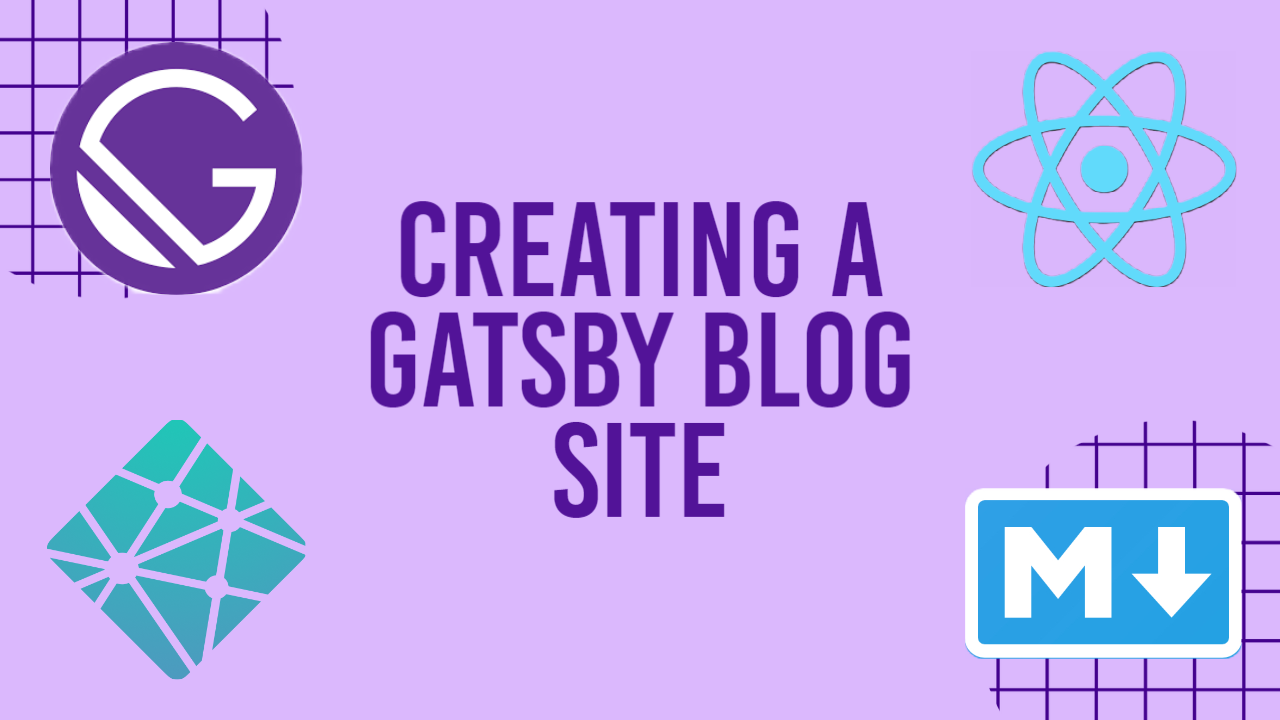I recently had the opportunity to work with a client from the fintech sector, and it resulted in quite an interesting project. Due to an NDA, I can’t reveal their name, but I can share some insights I gained. The client wanted a blog that stood out creatively, far beyond the typical WordPress setup. After considering several options, I decided to use Gatsby for the development. Here’s why and how it went.
Exploring the Options: Jekyll, Gatsby, and Next.js
With their needs in mind, I started evaluating several options. My initial shortlist included Jekyll, Gatsby, and Next.js. Each has its strengths, and I wanted to pick the one that best aligned with the client’s requirements.
- Jekyll is a static site generator that’s perfect for simple blogs. It’s robust, has a large community, and integrates well with GitHub Pages. However, it felt too limiting for the dynamic and visually engaging blog experience the client wanted. Jekyll’s performance is great, but it doesn’t offer the same level of interactivity or ease of integrating modern web design elements compared to other frameworks.
- Next.js is powerful and versatile, especially for server-side rendering and dynamic websites. It’s my go-to choice for many projects, but for this particular one, it felt like overkill. The client didn’t need server-side rendering capabilities or complex API integrations. Plus, Next.js can be a bit slower for static sites, and I wanted something that prioritized speed.
- Gatsby seemed like the ideal choice. It’s a React-based static site generator that excels at creating fast, SEO-friendly websites. Gatsby’s plugin ecosystem is extensive, allowing for easy integrations of various design elements, animations, and dynamic features—all while maintaining a static site’s performance benefits. The ability to pull in data from different sources and the rich GraphQL support made it a perfect fit for the content-heavy blog the client envisioned.
Why I Chose Gatsby
Speed and Performance: Gatsby pre-renders pages as static HTML at build time, which means that the site is blazingly fast. For a blog, this is crucial. Readers don’t want to wait for content to load; they want it to be instant. Plus, Google loves fast sites, and that’s great for SEO.
Scalability: Gatsby can handle everything from a small personal blog to a complex content site with thousands of pages. The client’s content needs were growing, and I knew Gatsby would scale effortlessly as their blog expanded.
Creative Freedom: Gatsby’s plugin ecosystem and the ability to use React components allowed me to create a more visually engaging and interactive blog than I could have with Jekyll. Animations, transitions, and custom designs were all much easier to implement.
Data Sourcing: The blog needed to pull in content from multiple sources, including markdown files, an API, and even some CMS-managed content. Gatsby’s GraphQL data layer made it easy to unify all these sources and query the data efficiently.
Pros and Cons of Using Gatsby for this Project
Pros:
- Performance: The static nature of Gatsby sites means that the blog loads incredibly fast. This is especially important for keeping users engaged and improving search engine rankings.
- Customization: With React at its core, Gatsby allowed me to create custom components and layouts that went beyond the standard blog design.
- SEO Optimization: Gatsby’s built-in features like optimized images, prefetching resources, and server-side rendering (for initial load) gave the blog an SEO boost right out of the box.
- Developer Experience: The development experience is quite pleasant. The community is active, and the documentation is thorough. Plus, the Gatsby CLI makes setting up and managing the project a breeze.
Cons:
- Build Time: Gatsby can have long build times, especially with a large amount of content. For a dynamic, growing blog, this can become a bottleneck, requiring careful management of build processes.
- Plugin Maintenance: The extensive plugin ecosystem is a double-edged sword. While there’s a plugin for almost everything, not all are actively maintained. This can lead to unexpected issues down the road, especially with new Gatsby updates.
- Hosting and Deployment: Unlike traditional blogs hosted on WordPress, deploying a Gatsby site requires a bit more setup. You need to use platforms like Netlify or Vercel, which can be a learning curve for those unfamiliar with modern deployment processes.
My Advice for Other Developers
For developers considering Gatsby for similar projects, I’d say go for it—but with a clear understanding of the pros and cons. If your client needs a highly customized, fast, and scalable blog, Gatsby is a fantastic choice. However, be prepared to manage build times and ensure the plugins you rely on are actively maintained.
Start Small, Scale Gradually: Begin with a minimal setup, and gradually scale as you become more comfortable with Gatsby’s ecosystem.
Leverage the Community: The Gatsby community is one of its greatest assets. Don’t hesitate to reach out on forums, GitHub, or Discord channels if you hit a roadblock.
Optimize Build Processes: Use caching and incremental builds to reduce build times. Tools like Gatsby Cloud can be a lifesaver for larger projects.
In the end, while Gatsby required a bit more effort upfront, the result was a beautifully designed, high-performance blog that exceeded the client’s expectations. It’s a testament to the power of choosing the right tools for the job—and being willing to step outside the comfort zone of traditional solutions like WordPress.

